ENI ADBLUE LUBRICANTS 1 BARREL
₹13,500.00
5 in stock
ENI ADBLUE LUBRICANTS features:
AdBlue® is the additional NOx reduction agent required in every diesel-driven vehicle with an SCR catalytic converter (Selective Catalytic Reduction). It is an aqueous urea solution consisting of 32,5 percent pureurea dissolved into emineralized water.
The chemical is odorless and non-poisonous. The high quality of the urea solution AUS 32 (32,5 % Automotive Grade Urea Solution) is defined by ISO 22241
SCR catalytic converter (selective catalytic reduction)
The ammonia, which is produced on board the vehicle from urea. The aqueous liquid contained in a separate tank (AdBlue®) is injected into the exhaust gas flow in measured quantities and there releases ammonia.
Once inside the SCR catalytic converter, it reacts with the nitrogen oxides forming water vapor and nitrogen without forming unwanted by-products. ammonia, which is produced on board the vehicle from urea.
The aqueous liquid contained in a separate tank (AdBlue®) is injected into the exhaust gas flow in measured quantities and there releases ammonia.
Once inside the SCR catalytic converter, it reacts with the nitrogen oxides forming water vapor and nitrogen without forming unwanted by-products. The durability of AdBlue® depending on the average storage temperature is shown in the table below.
The main influencing factors of the durability are the average product temperature, the initial alkalinity and the difference in vaporization in ventilated and unventilated containers,
|
Average
|
Durability in months |
|
≤ 10
|
36 |
|
≤ 25 |
18
|
|
≤ 30 |
12
|
|
≤ 35 |
6
|
The storage temperature of AdBlue® should be higher than -5°C to avoid crystallization of urea from AUS 32, which sets in at -11,5°C. The storage temperature should not exceed 25°C. Direct sunlight must be avoided. When not in use, the containers must be closed airtight. Long-term storage at more than 30°C may lead to hydrolysis and to an increase in pressure with the formation of ammonia. AdBlue® freezes at -11,5°C, but may be used after thawing, as it returns to its original state.
As the freezing point of AdBlue® is -11,5°C, in countries with wintry sub-zero temperatures additional heating inside the supply tank is necessary. Which precautions need to be observed when handling AdBlue®?
· AdBlue® is non-flamable, inexplosive and not harmful to the environment.
· AdBlue® is not regulated as a dangerous good by decree (EG) Nr. 1272/2008.
· AdBlue® is classified as non-hazardous. In case of contact with skin or clothing, please rinse with water.
· Keep AdBlue® out of the reach of children.
· Avoid splashing AdBlue® on car paint or metal – otherwise rinse with water.
· AdBlue® is an especially pure solution and must not be filled in with canisters/funnels previously used for other liquids.
· Be careful not to fill AdBlue® into the diesel tank and not to fill diesel into the
· AdBlue® container. In case of mistake, do not start the vehicle.
· AdBlue® should not be exposed to direct sunlight permanently – especially in summer – and temperatures above 50°C, e.g. in the car interior. There might be unpleasant odours.
· Always tightly reseal containers.
· If the AdBlue® indicator in the dashboard lights up, you need to refill a minimum quantity
· (manufacturer-specific, usually about 4l), so that the notification disappears.
Be the first to review “ENI ADBLUE LUBRICANTS 1 BARREL” Cancel reply
Related products
GEAR CARE
GEAR CARE
GEAR CARE
GEAR CARE
GEAR CARE
GEAR CARE
GEAR CARE
GEAR CARE
GEAR CARE



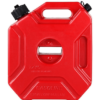
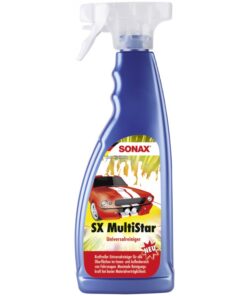

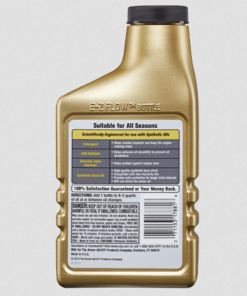

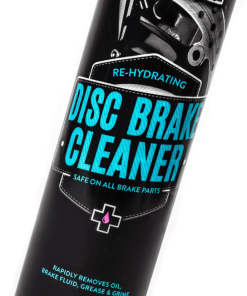
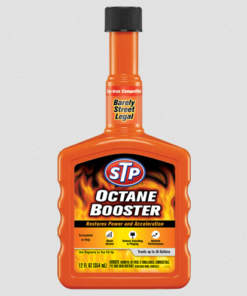

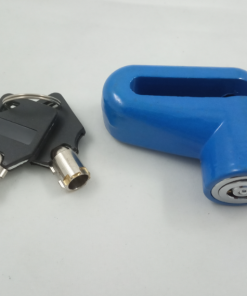
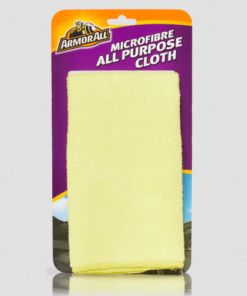
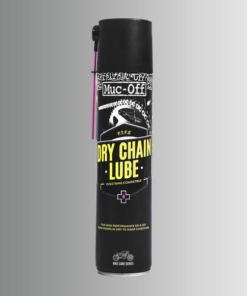
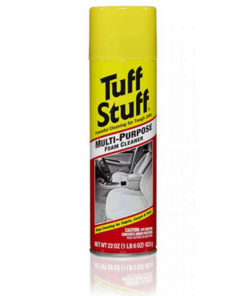
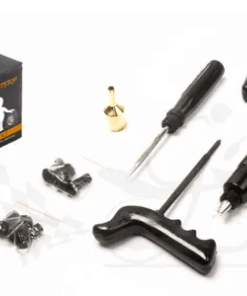
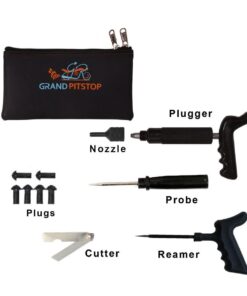
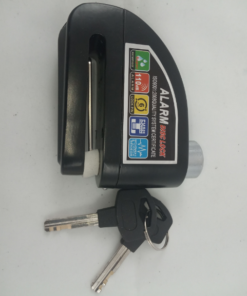
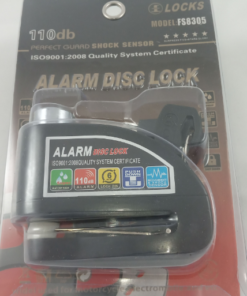
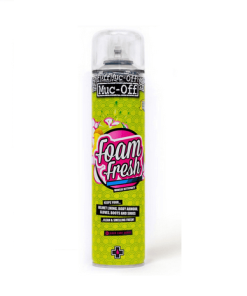
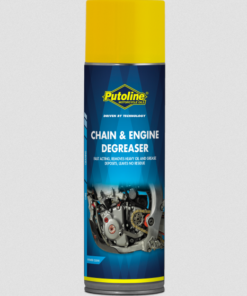
Reviews
There are no reviews yet.